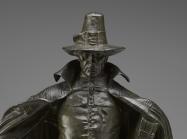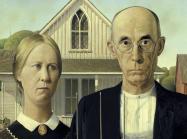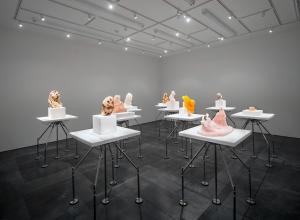Before revolutionaries dumped tea in the Boston Harbor or fought Redcoats at Lexington and Concord, early Americans protested British imperialism via utilitarian earthenware bowls, jars, and pots…
Opinion
Is science a form of art? This is the question that photographer Eadweard Muybridge grappled with in 1887, when he set up twenty-four trip wires to photograph a racehorse galloping with the help…
The Hudson River School painter Frederic Edwin Church, traveled from New York State to South America, via dangerous expeditions from April 1853 to September 1853, only to research and execute his…
It is an unfortunate fact of art history reporting that artists about whom little is known often stay that way, largely because a lack of juicy details about their lives often makes for dull articles.
It is fascinatingly unpredictable how some of the biggest brouhahas among cultural critics can be preserved for history, while others are so quickly lost to time.
In 1881, nearly a century after the United States defeated Great Britain in 1783, Massachusetts businessman Chester Chapin commissioned a statue to commemorate America’s centennial.
In the summer of 1930, Grant Wood, then age 39, was traveling through the rural town of Eldon, Iowa, searching for artistic inspiration. He spotted a white wooden house in a gothic style, quite at…






























